For years, the area of Davis Strait has been a matter of intrigue for researchers. Below the strong currents of the strait lies a contrasting interplay of hot and cool waters, and above it, the rotating vortices of air result in turbulence, which gives rise to milky white clouds called “cloud streets” that hover above these waters. Although the geology around this strait has been studied extensively before, in a recent study, researchers added another description of the beauty of this strait by revealing that a new micro-continent sits beneath its waters, nestling between Greenland and Canada. The detailed study is published in the journal Gondwana Research.
Known as the broadest strait in the world, the Davis Strait is about 200 to 400 miles (320 to 640 kilometers) wide. Considered as the northern arm of the Atlantic Ocean, the strait connects the Labrador Sea and the Baffin Bay. The strait is known to have an over-thickened seafloor, and this research illuminated the reason why. Additionally, the researchers dubbed this thick continental crust a newly discovered “proto-microcontinent.” “Microcontinents are defined as isolated fragments of rifted continental crust and lithosphere displaced from their original continent and surrounded by oceanic crust,” according to the research paper.

Microcontinents are usually submerged beneath the oceans, surrounded by denser oceanic crust, but the Davis Strait didn't quite fully break away and didn’t become isolated at all. Currently, it's a 12-to-15-mile-thick segment of continental crust, surrounded by thinned-out continental crust that is about 9-to-10.5-mile-thick on each side. That's why it gets the "proto" moniker, study co-author Jordan Phethean, a geophysicist at Derby University in the U.K. told Live Science.
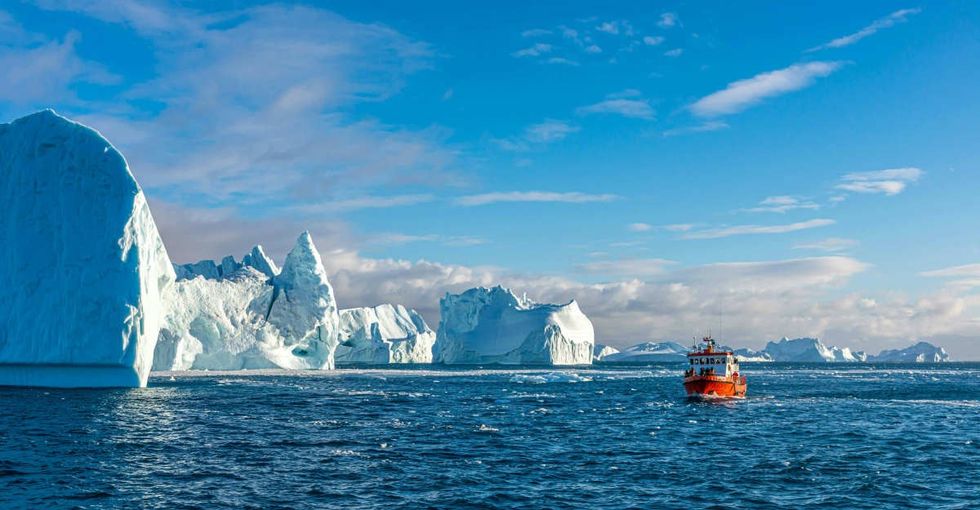
Explaining this phenomenon, the team explained in the paper, "A prolonged period of rifting and seafloor spreading between Greenland and North America formed the Labrador Sea and Baffin Bay oceanic basins, connected by the Davis Strait," however, they wrote, "the disagreement exists regarding the exact plate motions between Greenland and Canada, as well as the tectonic evolution of the Davis Strait, with previous models unable to explain the origin of anomalously thick continental crust within the seaway."
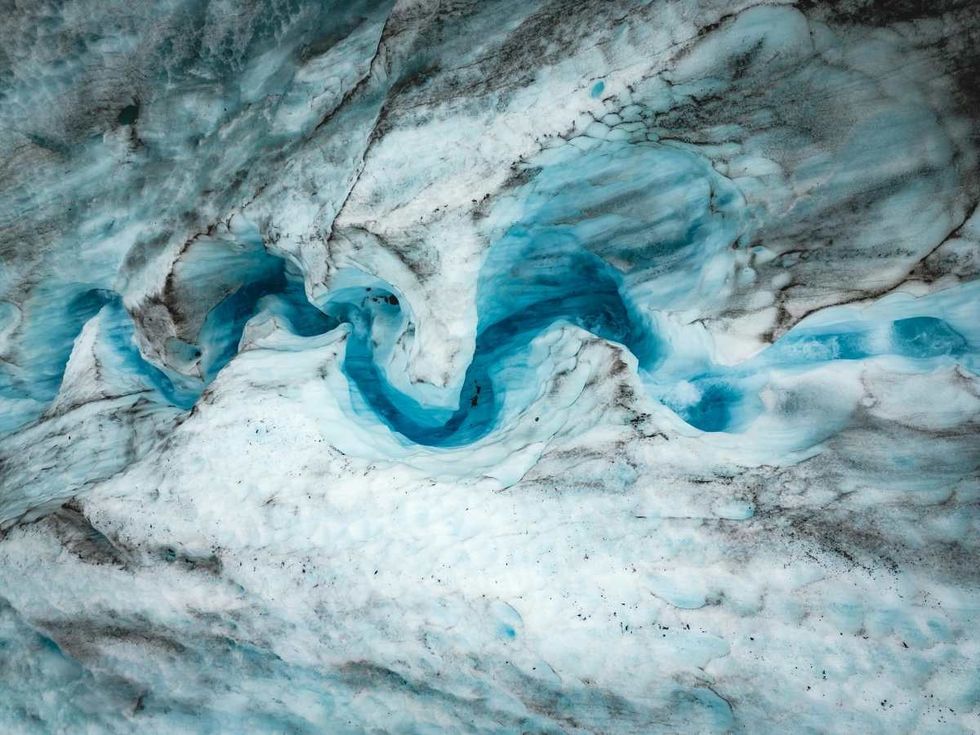
“About 33 million years ago, Greenland stopped pulling away from North America and remains on the North American tectonic plate. But this failed rift zone is an interesting place to study how tectonic plates move and split,” Phethean explained to Live Science.
For this research, the scientists reconstructed the subterranean region surrounding the strait by using gravity data collected by satellites and seismic data collected by ships. Gravity data provides information about rock density, while seismic data uses reflections of acoustic waves to investigate deep rock layers. The scientists used the data collected from both these methods to design computer models of the reconstructed historical tectonic plate movement. They found that the plates of North America and Greenland first started pulling apart around 120 million years ago. Around 61 million years ago, the process became rapid. Then, around 56 million years ago, Greenland shifted to a northerly direction, giving birth to the recently discovered microcontinent.
It appeared the North American plate would also break apart but the movement came to a half nearly 48 million years ago. Greenland would continue to move further away before hitting Ellesmere Island, halting its momentum more than 33 million years ago. "It seems like the lithosphere, which is the rocks on the outside of the planet, plays quite an important role in why the tectonic plates are moving the way that they are," Phethean said.
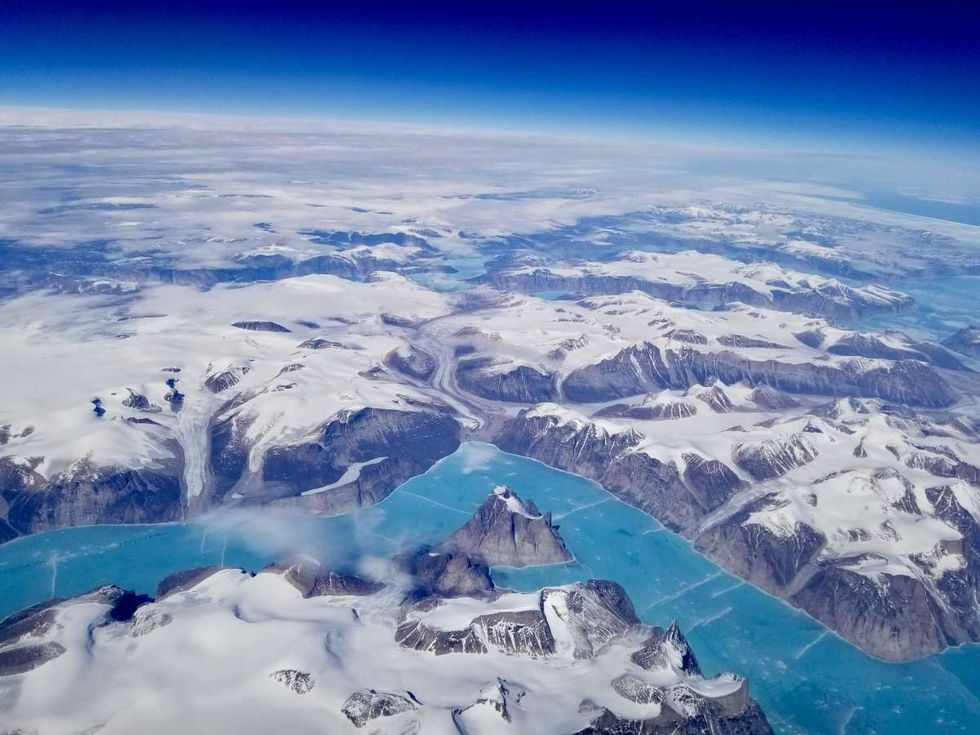
Further suggesting the possibilities that this research could unfold in the future, Phethean told Live Science that this could shed some light on the mystery of how microcontinents truly form and how plate tectonics work. "If we can understand why the plates are moving in the directions that they are, it allows us to understand what’s controlling plate tectonics."
Editor's note: This article was originally published on July 30, 2024. It has since been updated.





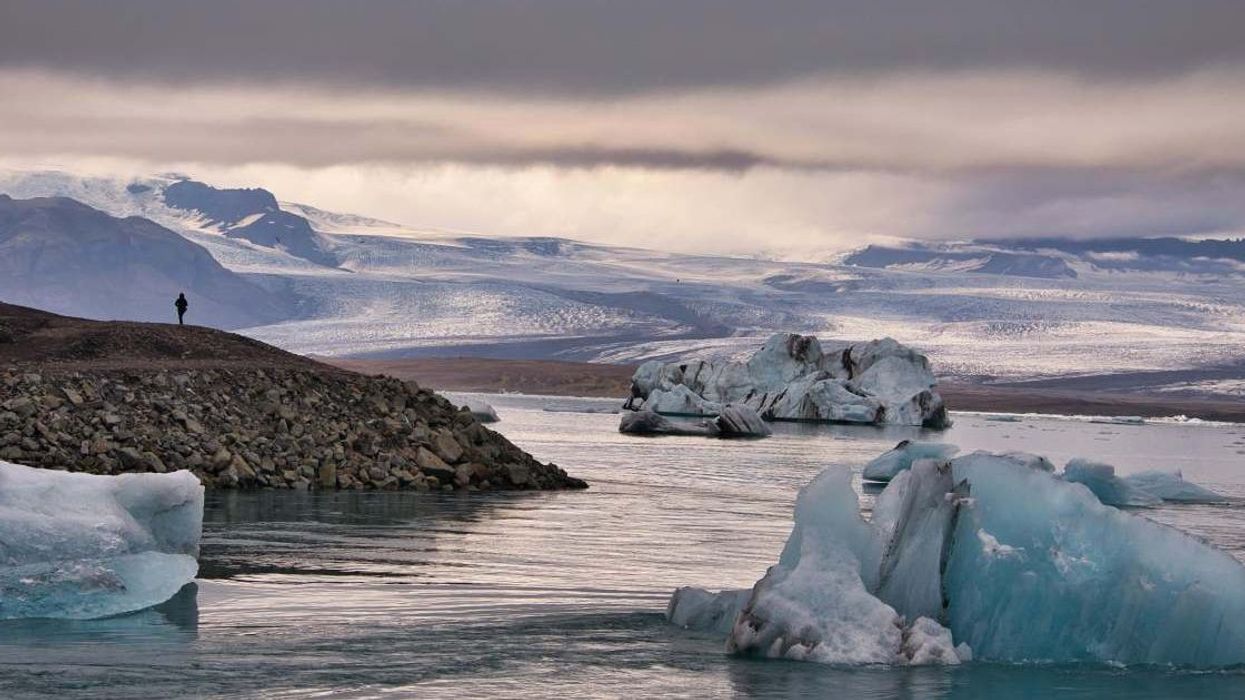











 Representative Image: Accents reveal heritage and history.
Representative Image: Accents reveal heritage and history.  Representative Image: Even unseen you can learn a lot from an accent.
Representative Image: Even unseen you can learn a lot from an accent. 
 People holding hands in unity.Image via
People holding hands in unity.Image via  White House with money image overlay.Image via
White House with money image overlay.Image via  Man walks forest trail.Image via
Man walks forest trail.Image via 

 Rice grain and white rice.Image via
Rice grain and white rice.Image via  Person eats rice.Image via
Person eats rice.Image via  Washing and rinsing rice.
Washing and rinsing rice.  Mother and daughter eating rice meal.Image via
Mother and daughter eating rice meal.Image via 

 Bees feeding on food source.Image via
Bees feeding on food source.Image via 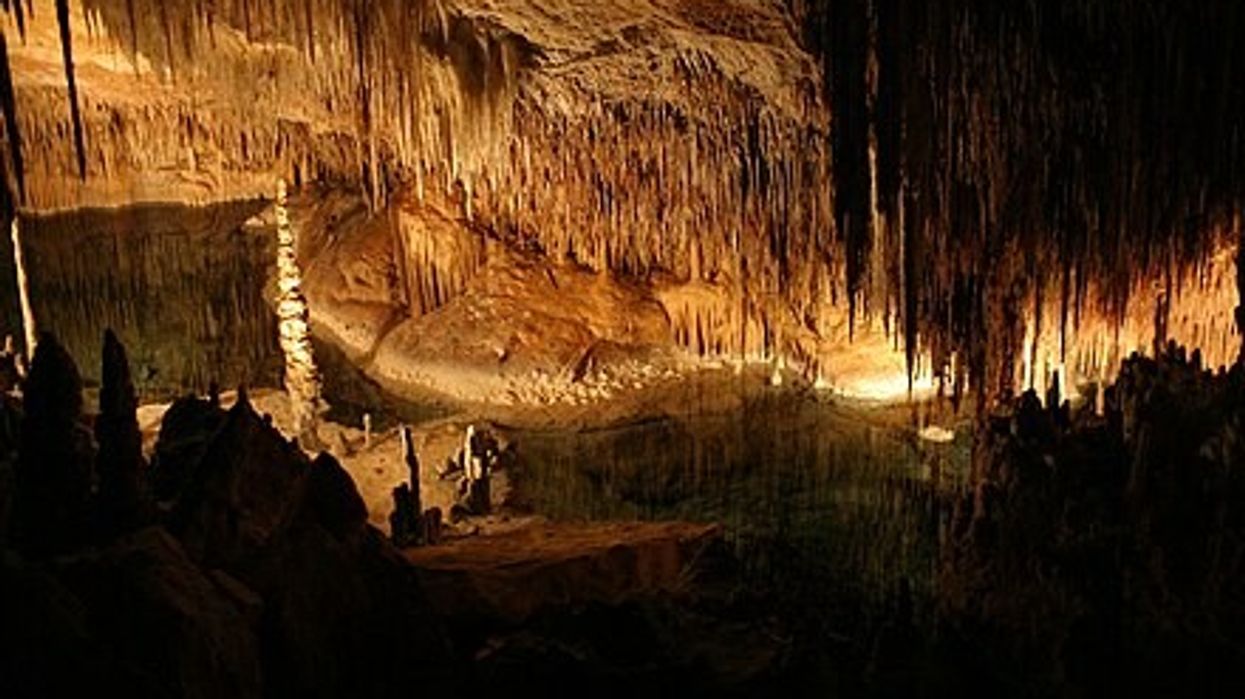
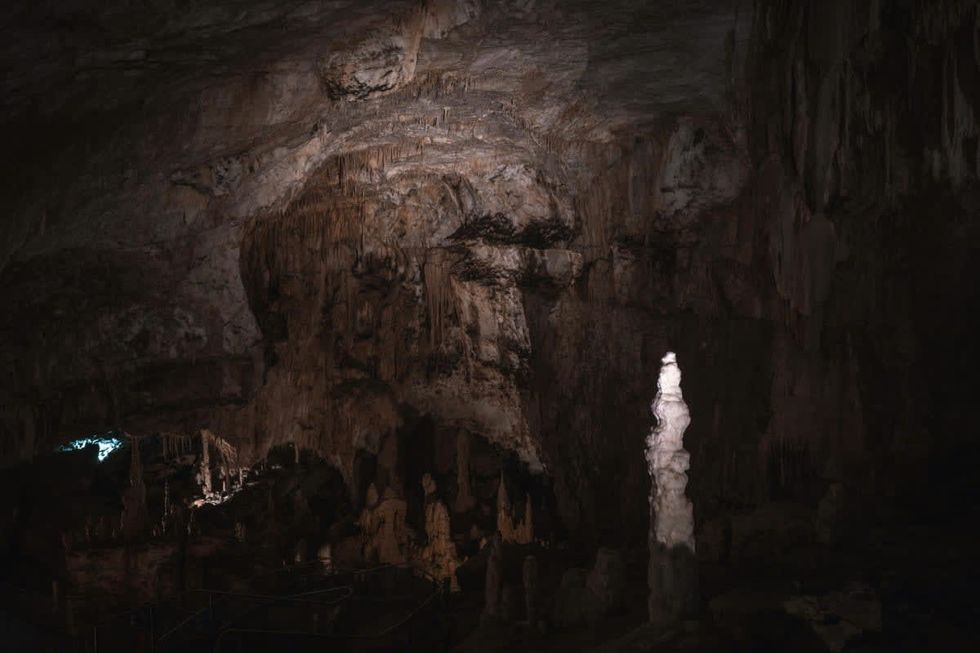 In the depths...Pexels | francesco ungaro
In the depths...Pexels | francesco ungaro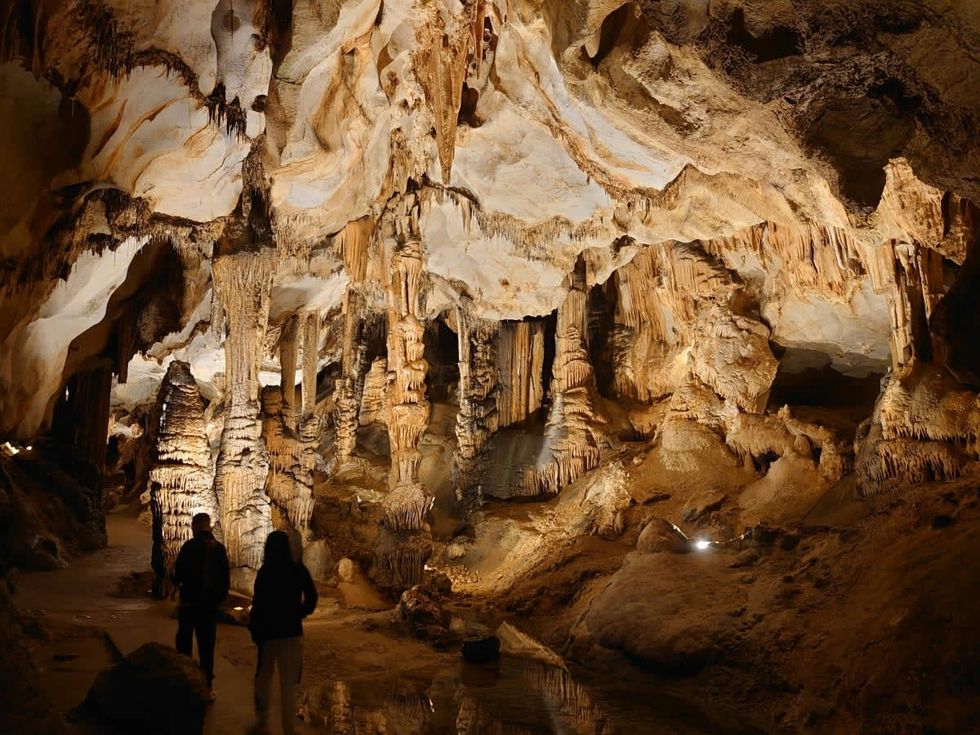 Hope the lights stay on. Pexels | parfait fongang
Hope the lights stay on. Pexels | parfait fongang "That was beyond crazy..." YouTube |
"That was beyond crazy..." YouTube |  "This is the stuff of my nightmares..."YouTube |
"This is the stuff of my nightmares..."YouTube |  "Totally blown away..." YouTube |
"Totally blown away..." YouTube | 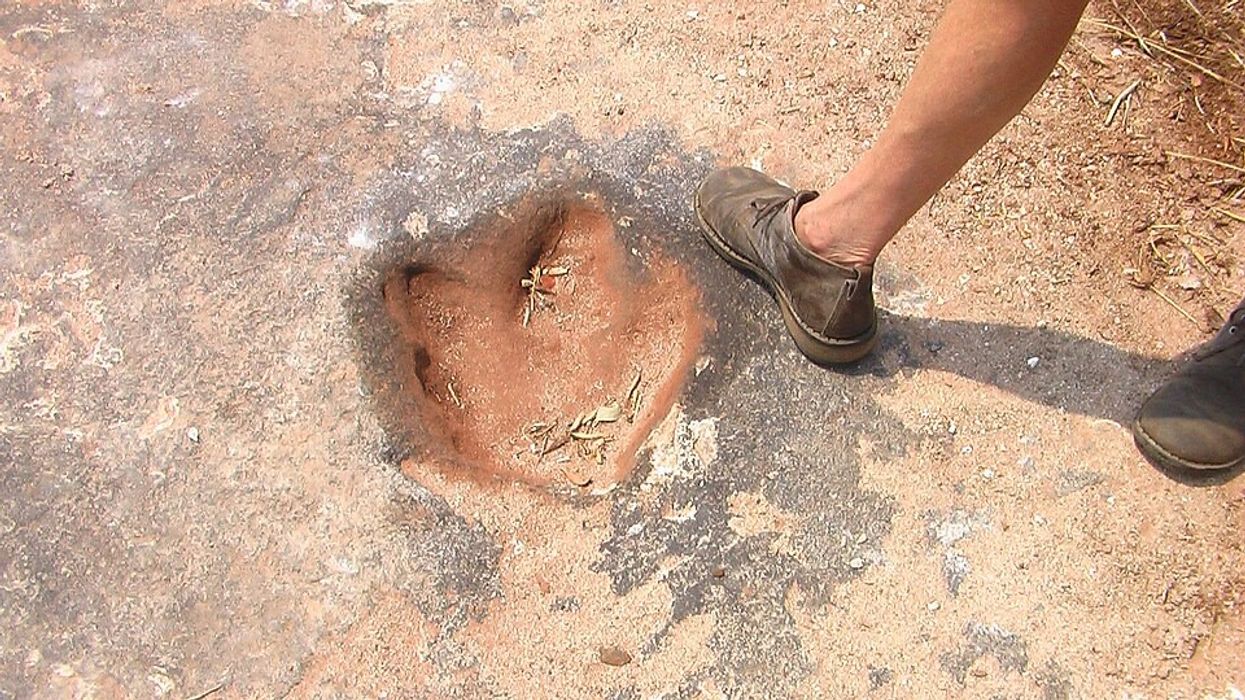
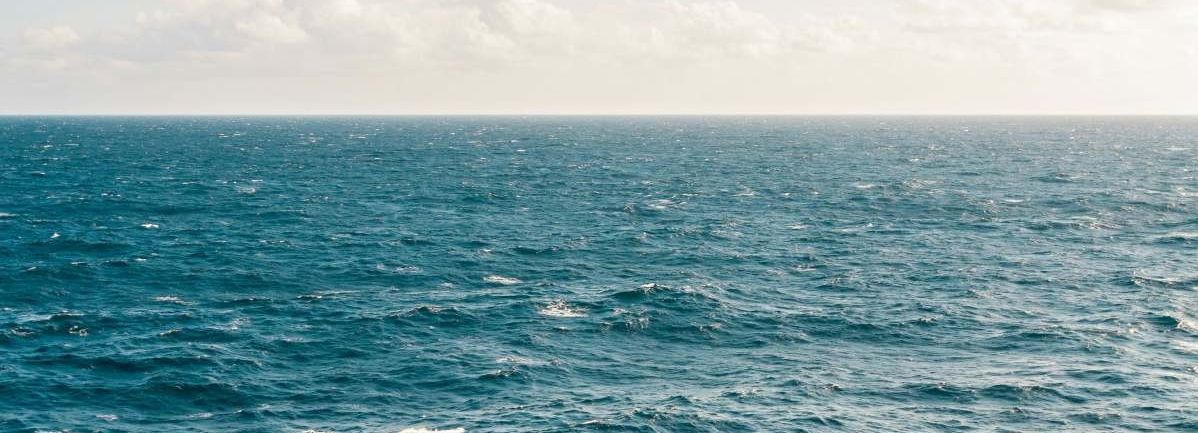 A representative Image of The Atlantic Ocean. Source: Pexels | Kellie Churchman
A representative Image of The Atlantic Ocean. Source: Pexels | Kellie Churchman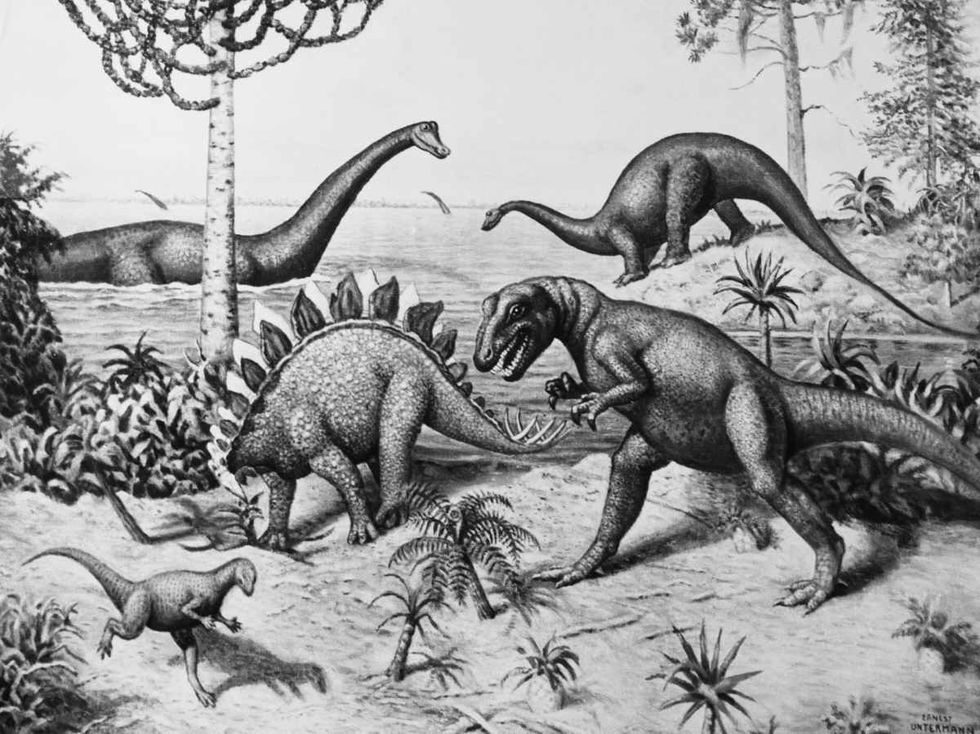 Representative Image Source: Painting from a series by Ernest Untermann in the museum at Dinosaur National Monument, Utah.
Representative Image Source: Painting from a series by Ernest Untermann in the museum at Dinosaur National Monument, Utah.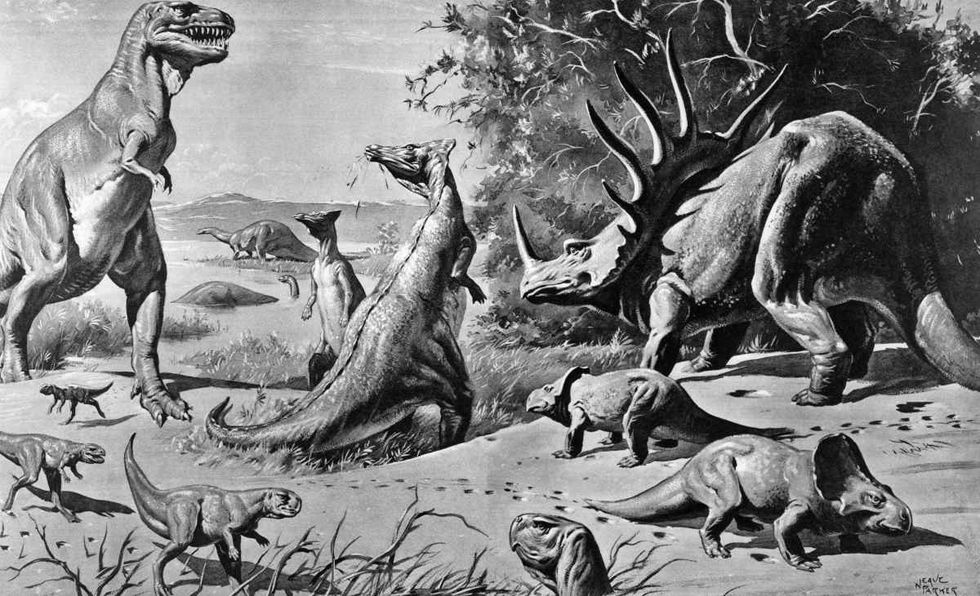 Representative Image Source: VARIOUS DINOSAURS IN GOBI DESERT. Photo by H. Armstrong Roberts/ClassicStock/Getty Images
Representative Image Source: VARIOUS DINOSAURS IN GOBI DESERT. Photo by H. Armstrong Roberts/ClassicStock/Getty Images
Professor shares how many years a friendship must last before it'll become lifelong